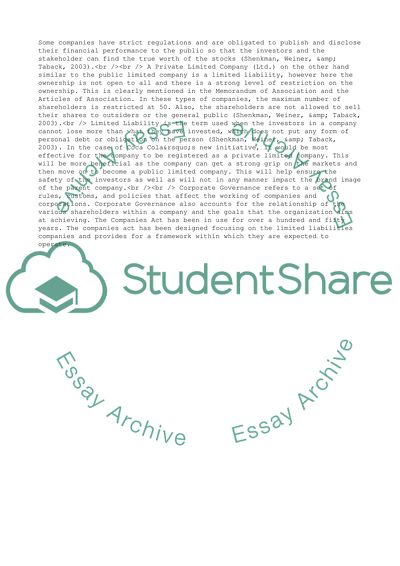Cite this document
(Business Information of Coca Cola Company Case Study, n.d.)
Business Information of Coca Cola Company Case Study. https://studentshare.org/business/1737656-business-information
Business Information of Coca Cola Company Case Study. https://studentshare.org/business/1737656-business-information
(Business Information of Coca Cola Company Case Study)
Business Information of Coca Cola Company Case Study. https://studentshare.org/business/1737656-business-information.
Business Information of Coca Cola Company Case Study. https://studentshare.org/business/1737656-business-information.
“Business Information of Coca Cola Company Case Study”. https://studentshare.org/business/1737656-business-information.


